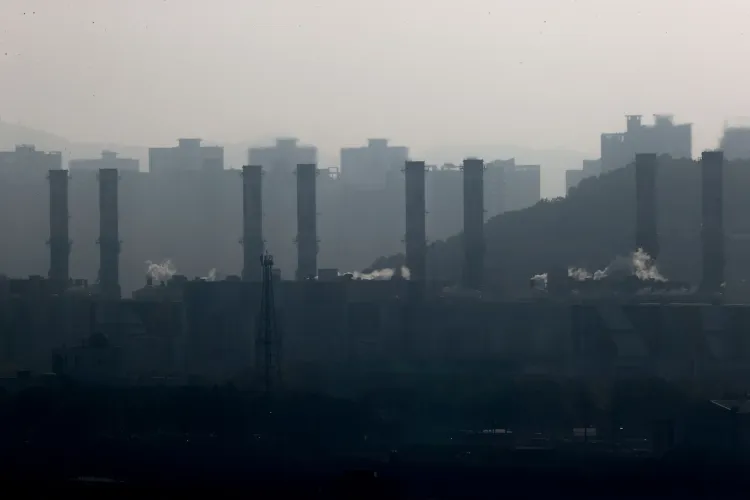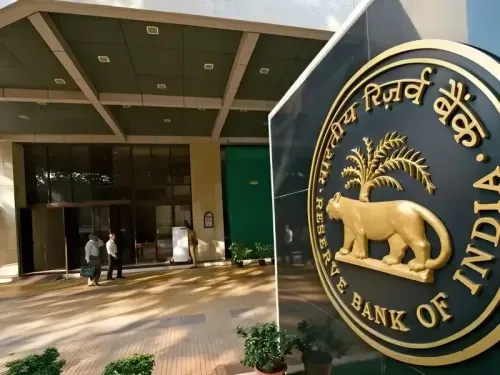Is South Korea's Plan to Cut Greenhouse Gas Emissions by 50% by 2035 Ambitious Enough?

Synopsis
Key Takeaways
- South Korea aims for a minimum 50 percent reduction in emissions by 2035.
- Two proposals for the NDC were presented, with varying reduction targets.
- Emissions in 2018 stood at 742.3 million tons.
- The government will support private sectors in achieving these goals.
- Balancing economic and environmental needs is critical for successful implementation.
Seoul, Nov 6 (NationPress) The South Korean government has recently announced its plan to achieve a minimum 50 percent reduction in greenhouse gas emissions by 2035 compared to 2018 levels. During a public hearing, two potential proposals for the nationally determined contribution (NDC) by 2035 were shared, one of which will be forwarded to the United Nations, as reported by Yonhap news agency.
The first proposal aims for a 50 to 60 percent reduction, while the second aims for a minimum 53 percent, with a maximum of 60 percent reduction by the target year, according to the Ministry of Climate, Energy and Environment.
In 2018, South Korea's greenhouse gas emissions totaled 742.3 million tons. To achieve a 50 percent reduction by 2035, emissions would need to decrease to 371.2 million tons.
Last year, emissions were reported at 691.6 million tons, significantly exceeding the minimum target for 2035.
The final NDC goal will be determined at an upcoming Cabinet meeting and is expected to be submitted to the U.N. soon thereafter.
The NDC represents a climate action framework that countries must update every five years under the Paris Agreement, detailing their strategies to curb greenhouse gas emissions.
In 2021, Seoul submitted its NDC for 2030, committing to a 40 percent reduction from 2018 emissions.
To realize the 2035 goal, the government plans to enhance the use of renewable energy sources, such as solar and wind, while establishing a nationwide advanced power grid.
This year, a plan was introduced to create a nationwide energy expressway by the 2040s to meet the increasing demand for electricity driven by growth in artificial intelligence (AI) and to boost renewable energy utilization.
Additionally, the government intends to provide incentives for private companies to develop low-carbon products and set up emissions reduction facilities.
Efforts will also be made to promote electric and hydrogen vehicles and improve public transportation systems, as stated by the ministry.
Climate Minister Kim Sung-hwan noted that civic organizations are advocating for a reduction of at least 61 to 65 percent, while the industrial sector believes that even a 48 percent reduction would be challenging.
“We sought to strike a balance between these differing perspectives,” Kim remarked.
The proposals for the 2035 NDC align with President Lee Jae Myung's commitment made during the U.N. General Assembly in September to establish a responsible emissions reduction target in collaboration with the international community.
“We aim to set a responsible target that contributes to global reduction efforts without placing an excessive burden on future generations,” he added.










